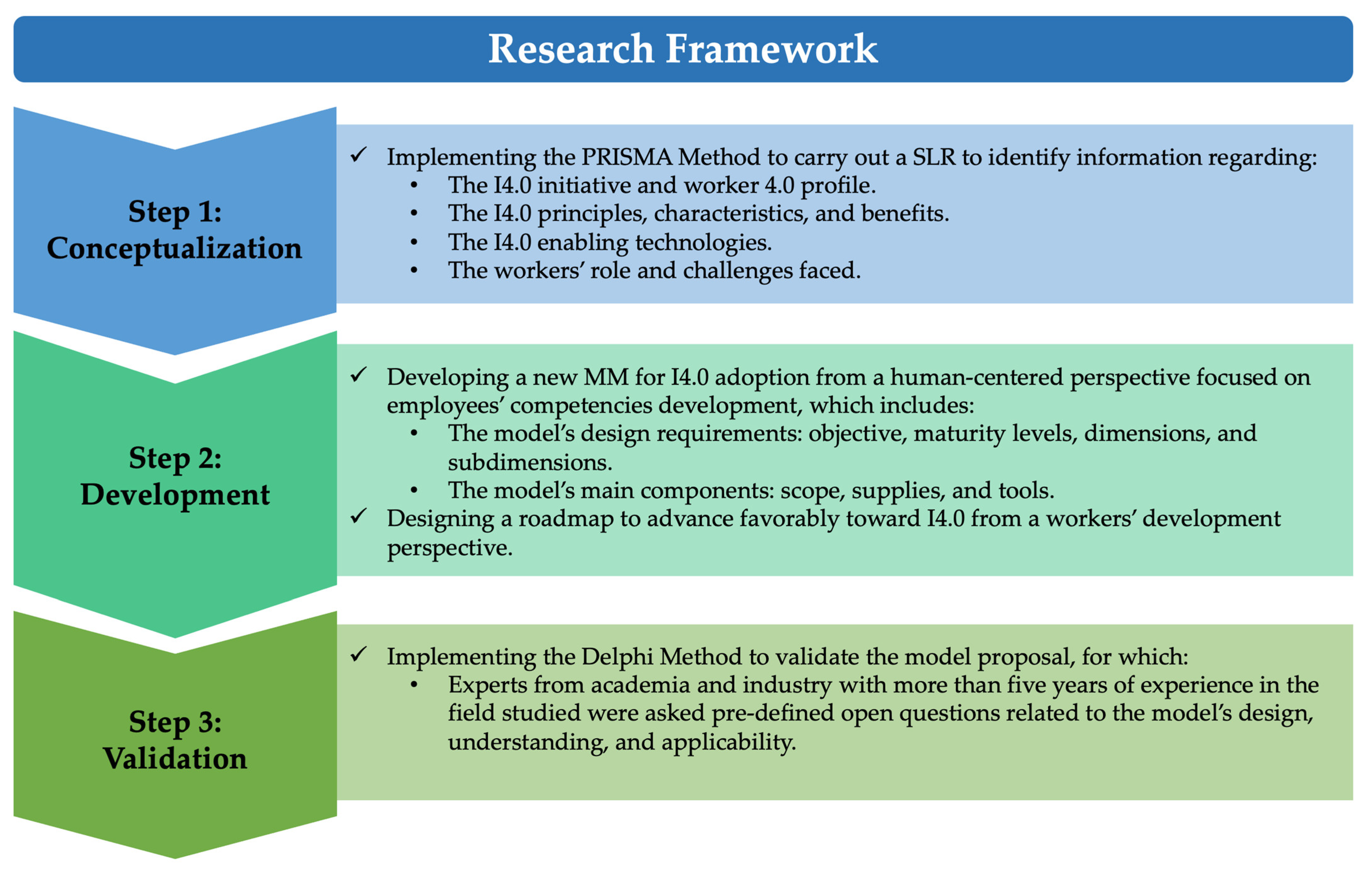Long list of sectors to suffer in 2011: Access Economics – StartupSmart
The list of stagnating sectors in 2011 is growing as the high Australian dollar and rising interest rates take their toll, according to the latest Access Economics report.
The Business Outlook for December 2010 predicts some sectors will do very well in 2011, with the renewed resource boom generating strong growth for engineering and construction in addition to mining itself.
“Yet the list of sectors that will be stagnating in 2011 is long. For some of them, such as manufacturing and recreational services, the sky-high strength of the Australian dollar is the key culprit,” the report states.
“For others – such as wholesale and retail, housing and commercial construction, and the finance sector – interest rates will be the bugbear.”
Access Economics director Chris Richardson says the problems don’t end there for Australian businesses, with the economy as a whole facing its own set of challenges.
“Australia’s problems will soon revolve around a lack of workers rather than any lack of jobs. Job growth is booming and rising profits will underpin further gains,” he says.
“But migrant numbers are falling… and that mix of demand strength and supply weakness will drive unemployment close to 4% by [the] end [of] 2011.”
“The consensus shift to a smaller Australia guarantees the next few years will see rising skills shortages.”
“About the only thing holding back the boom in key parts of the economy will be a lack of workers, materials and finance – not any unwillingness to spend.”
While the skills shortage will see delays across the mining sector, other industries will encounter cashflow woes as consumers continue to reign in their spending.
“While an unwillingness to spend isn’t a problem for business, it is for families, with consumers showing caution, spooked by interest rate rises from the Reserve Bank, plus the risk of more to come,” Richardson says.
“Add in the winding back of the stimulus spend, and the nation’s overall growth outlook is still good but lopsided, with ongoing gains dependent on business spending lifting a lot.”
With regard to each state, Richardson says WA’s growth rate is set to rise but will be somewhat constrained by a lack of capacity, while Queensland and the Northern Territory are still struggling.
“For the Territory, that is due to a gap in project work, while Queensland is battling demons in tourism, housing construction and floods. Yet both will accelerate soon enough given resource boom dollars,” Richardson says.
Prospects for the other states are more modest. Although recoveries will continue, high interest and exchange rates will limit future gains.
Meanwhile, the Consumer Price Index has recorded its smallest increase since March 2009, increasing by just 0.4% in the December quarter, taking the annual inflation rate to 2.7%.
Economists predict the surprise reading, which was lower than expected, could delay the RBA’s next interest rate rise.

